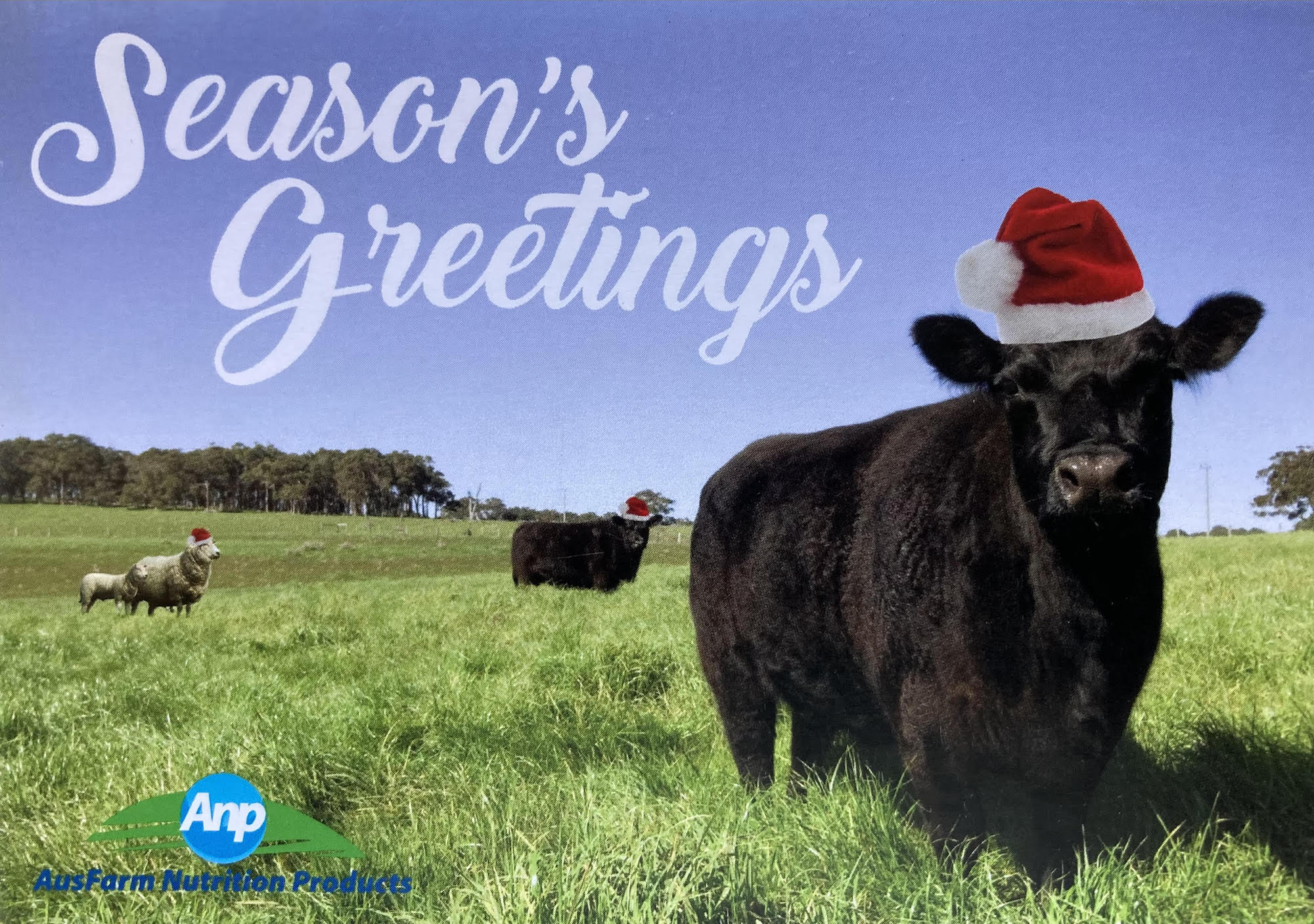2023 Year in Review
This year has really been a tale of two seasons for producers with seasonal fortunes clearly divided between the north (northern and central western NSW) and the south (Southern NSW and Victoria).
In the north, the lack of significant autumn, winter and for the most part spring rainfall had a large impact on livestock activities. A combination of weakening marketing conditions, tighter feed availability and higher cost of production forced many producers to make the tough decision of, sell weaners into a heavily depressed feeder market or supplement feed and grow-out to meet an uncertain trade market.
Although similar market forces were present in the southern region, timely rainfall and greater feed availability eased trading pressure to enable many producers to present well finished sheep and cattle at a lower cost.
In a clear sign of depressed market sentiment, the EYCI and restocker lamb indicator were in free-fall throughout the year, wiping 61% and 68% of market value from top to bottom, respectively. Reprieve in seasonal conditions since leading into the end of the year have seen producers hold back livestock to freshen up, with the reduction in supply seeing the EYCI jump 68% to reach a recent high of 575c/kg cwt and the restocker lamb market bounce back 80% to reach 440c/kg cwt.
The stark contrast in seasons geographically enabled AusFarm Nutrition Products (ANP) to provide support to producers with the use of a wide range of products. In sheep, conception rates, lambing percentages and weaning numbers were up, assisted by ANP’s flag-ship brand StockMins-EweLamLac and Australia’s premium hoof health supplement StockMins-Hoof n Horn. Similarly, crop and green feed grazing activities were assisted by supplementing lambs with StockMins-Crop Grazer Plus which, in a rapidly decreasing lamb market, proved to be extremely valuable to producers who experienced elevated liveweight gains and were able to turn off lambs sooner than expected.
In cattle, StockGro-HiMag and StockGro-Bloat Control, which have become mainstays in many Riverina production systems, were well used in reducing the risks of grass tetany and bloat, while the onset of warmer conditions, more recently, has seen StockGro-HiPro come online as producers look to make the best use of dry feed and stubbles.
The launch of ANP’s StockMins-BoviMag, a high magnesium, loose-lick supplement specifically for cattle experienced success, enabling ANP to deliver high quality solutions to grass tetany to a greater geographical footprint than ever before.
Consistent with ANP’s mission, to help livestock farmers produce their best animals every year, ANP are committed to continually invest in R&D and strive to remain at the forefront of ruminant nutrition innovation in Australia.
From the whole team at AusFarm Nutrition Products, we thank you for another great year and wish you and your families a safe and happy Christmas and New Year.
Dry Season Feeding Tip for 2024
Although marketing conditions are improving and hopefully continue into 2024, the experience of how quickly the market can change is a lesson that may not be easily forgotten. Cost of production is likely at the forefront of every producer’s mind as they plan production activities for 2024 with a sharpened pencil. As producers turn their attentions towards maintaining breeding livestock on stubbles and dry feed, it is important to keep in mind that the cheapest feed is what is standing in the paddock, and making the best use of the feed available is the most efficient way to maintain livestock.
Despite the cost-price squeeze, don’t lose sight of the goal of getting breeding livestock into the right condition for joining or finishing terminal livestock to meet market expectations. For breeding livestock, maintaining condition over the dry period is more efficient and economic than losing condition and having to put it back on later. This can be supported with ANP’s range of dry feed supplements for a fraction of the cost of buying in fodder.
Similarly, terminal livestock benefit by moving forward over the dry period, even slightly, with the hope of boosting growth after an autumn break. If buying in fodder to elevate production, allocate it to growing producing livestock and get the most out of the feed with minerals, vitamins and trace elements.
